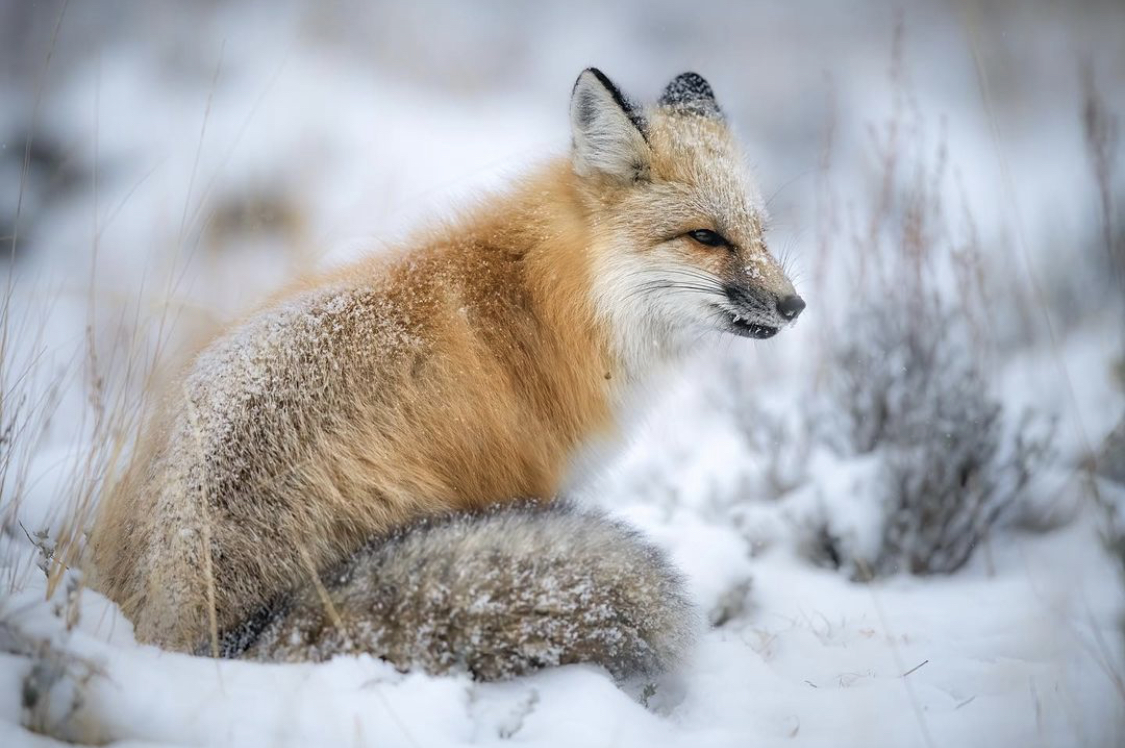On Trapping Reform in Wyoming
On trapping reform in Wyoming
Life is full of hard questions. Here is one: did Mac have to die?
Mac was a rescue dog in Lander. After much work, his new owners helped transform Mac from a timid, head-shy pup into a disciplined companion. That ended on Jan. 3. While walking on public land with his new owners, Mac was caught in a power snare set by a trapper. He choked to death in less than a minute. No signs warned Mac’s owner about local snares.
Trapping has a long history in Wyoming. Some trappers consider trapping a church of sorts. It has deep cultural and historical roots. It is legally protected. It is a way to get outdoors during our long winters and engage with wildlife. For some it generates a modest income from pelts. While we get that, we bring another perspective. Veterinarians take an oath to promote animal health and welfare, and to relieve animal suffering.
We are disappointed in Wyoming Game and Fish Department’s recent draft recommendations to improve trapping practices. Departmental biologists had an opportunity to demonstrate a concern for animal welfare. As written, the WGFD recommendations are a thin gruel indeed. The two strongest proposals are for trapper education, and demonstrations for the public in how to release their trapped dogs.
We will spare readers a tedious list of what the draft could have proposed. Wyoming trappers harvested 7,404 furbearers in 2019. The estimate is based on WGFD’s annual trapper survey, which has a 30% response rate. There is no recommendation that trappers report all animals harvested, identifying all species caught. WGFD has a slogan: Conserving wildlife, serving people. How do you conserve wildlife when you do not know exactly what is harvested?
Then there is the recurrent problem of capturing or killing dogs like Mac. Other non-target species are furbearers caught out-of-season, and livestock such as sheep. Trappers are required to report only some non-target captures. The draft lacks a requirement to report all, not just some, fatal and non-fatal captures. It should include dogs. The current recommendation is that WGFD’s website will have a place where people can report trapped dogs or livestock. Passive surveillance does not generate comprehensive data. What is the incentive for a trapper to report that he killed someone’s dog?
Setting traps on or right beside trails on public land is legal in Wyoming. WGFD’s rationale for not having legal setbacks is that trappers worry how “trail” is defined. Neighboring states mandate trapping setbacks. Somehow they managed to define that gnarly word “trail.”
There is no recommendation for trap-free areas in areas with heavy year-round use by walkers, skiers, mountain bikers and others. Non-target captures are a continuing side effect of trapping, as documented by one Wyoming NGO. It makes sense to keep trappers and non-consumptive recreational users apart in popular areas, especially near towns. We also need some reasonable provisions for recompense, including identification of the trap owner by WGFD, when owned animals are hurt or killed.
The department requires trappers to check traps and snares either once a week or every 72 hours. The draft lacks a proposal to shorten check times. Many killing devices are insufficiently powerful to kill target species consistently. Often the trigger does not position animals properly in a trap. Traps then become restraining devices. With the current long check times, many captured animals remain alive but injured until a trapper appears or a predator kills them. This is animal abuse. Mandatory daily checks would ameliorate this.
It is legal for Wyoming trappers to leave traps on the landscape after each season. There is no proposal for trappers to pick up traps. Snares and traps are cheap, and retrieving them after each season requires some time and effort. It would be good stewardship and respectful to others if trappers picked up after themselves.
We hope this was not an expensive, largely pointless exercise. We will find out on 17 November when the Wyoming Game and Fish Commission reviews the proposals. Many, including the writers, know that WGFD is one of our state’s best agencies. Its employees are professionals. We know this because we work with them. The draft recommendations suggest some failure of nerve, most likely not at the level of the biologists, who tried to listen to all sides. It may have been easier to align with trappers’ wishes than push the envelope. In addition to stakeholders such as landowners and state agencies, WGFD involved 52 trappers in formal consultation, but only eight members of the public.
We began with one question. We end with another.
For meaningful trapping reform in Wyoming, how many strangled dogs will it take?
Dr. O’Toole is a veterinary pathologist in Laramie, WY.
Dr. Gamble is a clinical veterinarian in Riverton, WY.
Dr. O’Toole is a veterinary pathologist in Laramie. Dr. Gamble is a clinical veterinarian in Riverton.
Ted Brummond UW Photo Service




